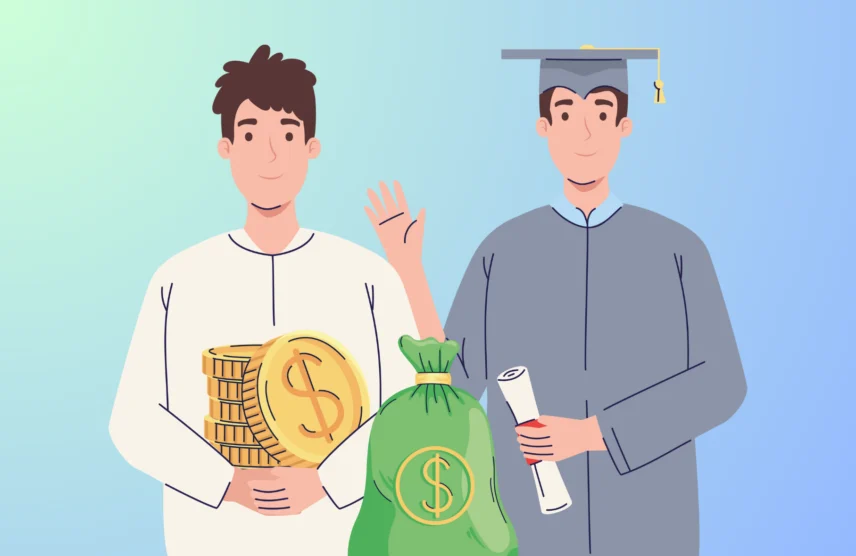The U.S. Department of Education resumed collections on defaulted federal student loans on May 5, 2025, after an extended pause due to the COVID-19 pandemic. This change affects millions of borrowers and signals a significant shift in federal loan enforcement. If you’re behind on payments, you could face serious consequences – wage garnishment, tax refund seizure, and credit damage – but you still have options.
What’s happening?
According to recent coverage by The Chronicle of Higher Education and Time Magazine, the federal government is reactivating its collections system for defaulted student loans. As of early 2025, approximately 5.3 million borrowers are in default – a sizable portion of the federal loan portfolio. Default typically occurs after 270 days of missed payments.
When that happens, the government can:
- Garnish wages
- Seize tax refunds
- Intercept Social Security benefits
- Report the default to credit bureaus
What should I do if I’m in default?
Here are some immediate steps to take:
- Check your loan status.Visit StudentAid.gov and log in to your account to see if your loans are in default. You can also call the Default Resolution Group at 1-800-621-3115 for assistance.
- Consider rehabilitation or consolidation. Loan rehabilitation requires you to make nine on-time monthly payments. Once completed, the default status is removed from your credit report. Loan consolidation lets you combine your defaulted loan into a new Direct Consolidation Loan. This makes you eligible for repayment and forgiveness programs.
- Update your contact information. Ensure your loan servicer has your current mailing address, email, and phone number. This is crucial for receiving updates and avoiding missed deadlines.
- Be aware of plan limitations. While repayment options like the SAVE (Saving on a Valuable Education) Plan were previously available, new enrollments in SAVE are temporarily paused due to legal challenges. If you’re already enrolled, you may still be in administrative forbearance. Check your account or speak with your servicer for the most current status.
Not sure what to do?
Contact your loan servicer or consult a nonprofit financial aid advisor. Free tools and support are available to help you navigate your options. You can also use the Loan Simulator at StudentAid.gov to estimate your monthly payments under different plans.
Caution: Watch for scams!
Unfortunately, scams targeting student loan borrowers are on the rise. Some entities falsely claim they can consolidate or forgive your loans for a fee, often using high-pressure tactics or asking for sensitive personal information.
If you’re unsure who your current loan servicer is, log in to StudentAid.gov and check your Dashboard. Your official servicer and their contact details will be listed there.
Be cautious about sharing your personal or financial information with unfamiliar entities.
Watch for red flags, including promises that sound too good to be true or urgent pressure to “act now.” When seeking help, stick to official resources like StudentAid.gov or known nonprofit agencies.
Bottom line?
The payment pause is over, and collections are back – but you’re not powerless. Taking action now can help you avoid financial setbacks like garnished wages or seized tax refunds. Log in, ask questions, and start your path back to repayment.
By Regan Anson
Assisted by AI
